RIHSC Protocol
HPHC2_RIHSC_Protocol_11.20.19_clean.docx
Experimental Study on Measuring Consumer Comprehension of Displays of Harmful and Potentially Harmful Constituents (HPHCs) in Tobacco Products and Tobacco Smoke
RIHSC Protocol
OMB: 0910-0880
D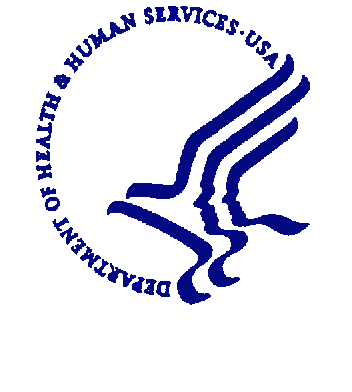 EPARTMENT
OF HEALTH AND HUMAN SERVICES
EPARTMENT
OF HEALTH AND HUMAN SERVICES
_________________________________________________________________________________________________________
Food and Drug Administration
Center for Tobacco Products
10903 New Hampshire Ave
Silver Spring, MD 20903
I. Protocol Title: Measuring Consumer Comprehension of Displays of Harmful and Potentially Harmful Constituents (HPHCs) in Tobacco Products: Pilot Cognitive Testing and Experimental/Quantitative Study
II. Protocol Version or Date: 11/21/19
III. Study Mechanism, Research Team, and Credentials of Investigators
A. Identify the mechanism for conducting the study (e.g., contract, IAA, MOU, etc.), its ID number, and attach any associated instrument: Contract: HHSF223201110005B
B. Contractor Info:
RTI International
3040 E. Cornwallis
Road
Research Triangle Park, NC 27709
Telephone:
919-541-6453
Point of Contact:
Kyle Emery, [email protected]
C. FDA Sponsor: Katherine Margolis, PhD and Jennifer Bernat, PhD
D. Principal Investigator: Jessica Pepper, PhD (RTI)
Additional
Study Staff: Kyle Emery (RTI)
E. Overseeing IRBs: Dual IRB review; RTI and OC RHISC/FDA
IV. Abstract
The U.S. Food and Drug Administration’s (FDA’s) Center for Tobacco Products (CTP) is seeking to conduct a pilot cognitive testing study (nine cognitive interviews) and an experimental/quantitative study (4,500 online surveys), both consisting of adult and youth (13 to 17 years old) participants to evaluate the best way to convey information about harmful and potentially harmful constituents (HPHCs) in tobacco products and smoke by brand and by quantity in each brand and subbrand in a format that is understandable and not misleading to a layperson. The purpose of the research is to gain insight on consumer comprehension of and preferences regarding presentation of information about HPHCs in tobacco products and tobacco smoke, which will inform the Agency’s efforts to implement the mandatory publicly available list of HPHCs required by the Family Smoking Prevention and Tobacco Control Act (the Tobacco Control Act). Cognitive testing participants will help FDA pilot the survey questionnaire and online platform for the larger experimental/quantitative study. Experimental/quantitative study participants will view sample formats of HPHC information and will complete an online survey that will include questions regarding the understanding and misleadingness of the HPHC information.
V. Regulatory and Scientific Significance of the Research
A. No IND, IDE, or ITP application is needed for the study.
B. Describe the regulatory background and significance of the research.
On June 22, 2009, President Obama signed the Family Smoking Prevention and Tobacco Control Act (Tobacco Control Act) into law. The Tobacco Control Act amended the Federal Food, Drug, and Cosmetic (FD&C) Act by adding a new chapter granting the FDA important new authority to regulate the manufacture, marketing, and distribution of tobacco products to protect the public health generally and to reduce tobacco use by minors. Section 904(e) of the FD&C Act requires FDA to establish, and periodically revise as appropriate, ‘‘a list of harmful and potentially harmful constituents (HPHCs), including smoke constituents, to health in each tobacco product by brand and by quantity in each brand and subbrand.’’ Section 904(d)(1) of the Act further requires that the list be published in a format that is understandable and not misleading to laypersons.
To fulfil this mandate, FDA’s CTP requires a randomized, experimental/quantitative study that builds on prior research to gain insight on consumer comprehension of information about HPHCs in tobacco products and tobacco smoke, which are chemicals or chemical compounds in a tobacco product or tobacco smoke that cause, or could cause, harm. Examples of HPHCs include toxicants, carcinogens, and addictive chemicals and chemical compounds.
CTP will conduct an experiment using an Internet panel to gather information about different ways of presenting HPHC information in a format that is understandable and not misleading to a layperson.
C. Identify the CTP research priorities addressed
i. The research in the proposed study will inform regulatory activities defined by the Tobacco Control Act. Specifically, the research addresses the following priority: Effective communication strategies regarding harmful and potentially harmful constituents and risks of tobacco products.
VI. Objectives and Hypotheses
The goal of this study is to test the effectiveness of sample formats to communicate HPHC information. Results will be used to inform strategies to effectively communicate about HPHC information that is understandable and not misleading to the layperson.
Survey questions will be designed to answer the following research questions:
After viewing the sample format, what do adults and youth know about HPHCs in tobacco products?
After viewing the sample format, what do adults and youth perceive about HPHCs in tobacco products?
After viewing the sample format, what formats do adults and youth prefer to receive information regarding HPHCs?
After viewing the sample format, is the information presented misleading?
Are participants able to understand the information presented about HPHCs?
VII. Background
Section 904(d)(1) of the Tobacco Control Act states “the Secretary shall publish in a format that is understandable and not misleading to a lay person, and place on public display (in a manner determined by the Secretary) the list [of harmful and potentially harmful constituents] established under subsection (e).”
To fulfil this mandate, CTP requires a study that builds on prior research to gain insight on consumer comprehension of information about HPHCs in tobacco products and tobacco smoke, which are chemicals or chemical compounds in a tobacco product or tobacco smoke that cause, or could cause, harm. Examples of HPHCs include toxicants, carcinogens, and addictive chemicals and chemical compounds.
VIII. Study Design and Methods
A. Inclusion criteria for subjects, samples, or data, as applicable
Young Adult Tobacco Users (18 to 24 years)
Adult Tobacco Users (25+ years)
Young Adult and Adult Smokeless Tobacco Users (18+ years)
Youth Tobacco Users (13 to 17 years)
Youth Susceptible to Tobacco Use (13 to 17 years)
Young Adult and Adult Nontobacco Users (18+ years)
B. Exclusion criteria for subjects, samples, or data, as applicable
Younger than 13 years of age
Does not match tobacco use or susceptibility criteria
Youth without parental permission to participate
Has a medical or nonmedical condition that hinders his/her ability to read and/or understand written materials in English
Has in the past 5 years worked for a tobacco or cigarette company; a public health or community organization involved in communicating the dangers of smoking or the benefits of quitting; a marketing, advertising, or public relations agency or department; the Federal Government including FDA, the National Institutes of Health, the Centers for Disease Control and Prevention, the Substance Abuse and Mental Health Services Administration, and the Centers for Medicare & Medicaid Services or someone in household has in the past 5 years worked for any of these
Has ever lobbied on behalf of the tobacco industry, or someone in household has lobbied on behalf of the tobacco industry
Has ever represented or worked on behalf of a tobacco company in connection with a tobacco lawsuit, or someone in household has done so
C. The number of subjects to be studied, per arm and total, if applicable, along with the rationale for the sample size(s).
i. Pilot
Cognitive Testing Study:
We will conduct nine cognitive testing
interviews (six with young adults or adults and three with youth ages
13 to 17) with individuals who differ in level of education, race,
and age.
ii. Experimental/Quantitative
Study:
A total of 4,500 participants will complete surveys. No
more than 1,500 youth will complete the survey. We will ensure a
sufficient number of representatives of hard-to-reach populations by
setting recruitment quotas: at least 20% of adults will have low
socioeconomic status (income of less than $25,000/year) and 20% will
have an education level of less than a high school diploma or GED.
We conducted power calculations to estimate power to detect statistically significant changes in Understanding, Misleadingness, and Harm Perception domain scores after exposure to each HPHC display format relative to baseline scores, given a sample size of 750 subjects per display format.
Power was estimated based on the assumption that items under each domain are independent and identically distributed and that no correlation exists between pre- and post-exposure responses for each subject. In practice, responses within individuals may be correlated. Alternative methods for simulating data incorporating within-subject correlations may be applied. Wilcoxon signed rank tests were used in the Monte Carlo simulations. Although the central limit theorem provides a basis for using t tests to test whether the mean differences in domain scores are zero in large samples, because of the bounded nature of the outcomes, the nonparametric rank test, which does not assume normality, may be more appropriate. Power to detect significant differences in scores between pre- and post-exposures are displayed by format in Table 1. Overall, power to detect changes for primary outcomes Understanding and Misleadingness scores is > 99.9% for all display formats. The powers to detect changes in Harm Perception scores in formats 1 through 6 are 40%, 86%, 90%, 97%, 75%, and 5%, respectively.
Table 1. Power to Detect Median Change in Pre- and Post-exposure Domain Scores at α = .05 by Format
HPHC Formats |
Understanding |
Misleadingness |
Harm Perceptions |
Format 1 |
>99.9% |
>99.9% |
40% |
Format 2 |
>99.9% |
>99.9% |
86% |
Format 3 |
>99.9% |
>99.9% |
90% |
Format 4 |
>99.9% |
>99.9% |
97% |
Format 5 |
>99.9% |
>99.9% |
75% |
Format 6 |
>99.9% |
>99.9% |
Based on the results presented in Table 1 and given sample sizes of 750 subjects per display format, there is sufficient power at α = .05 to detect significant differences between pre- and post-exposure for primary outcomes Understanding and Misleadingness domain scores.
D. Study design, including the controls, blinding, or randomization to be used, if any, and the methods used to minimize bias on the part of subjects, investigators, and analysis
i. Pilot Cognitive Testing Study:
This study will pilot
test the questionnaire and usability of the web-based study interface
using cognitive testing. Cognitive testing is qualitative in nature;
thus, it does not use controls, blinding, or randomization in its
design. No information from the cognitive interview screener will be
linked to any answers during the cognitive interview or included in
data analysis.
ii. Experimental/Quantitative
Study:
This study consists of surveys from an Internet
panel, and participants will be randomized to view specific sample
formats. Questions will be asked before viewing experimental HPHC
display formats and after viewing formats. Sample formats are
included below in Section XIX.
E. Describe all study procedures in the order in which they will be performed or affect subjects
i. Pilot Cognitive Testing Study:
1. Participants will be recruited via a market research facility database and screened for eligibility (refer to Appendixes A and B for the cognitive interview adult screener and youth screener). Interviews will be held in a facility with an observation suite for FDA observers.
2. Upon arrival at the facility, participants will be greeted, parent permission forms will be collected from youth, and all participants will be given a consent (adult) or assent (youth) form to read (refer to Appendixes C, D, and E for adult consent, parental permission, and youth assent, respectively). The interviewer will answer any questions about the consent/assent form, and participants will sign if they wish to continue. Signing the consent/assent form indicates agreement with being audio recorded and streaming the laptop screen to the observation suite while taking the survey.
3. Participants will then begin the cognitive interview. All interviews will be conducted with a trained interviewer in the room with the participant. The cognitive interviews will test the study questionnaire and the usability of the web-based study interface (refer to Appendix F for the cognitive interview testing guide).
4. Participants will be able to skip any questions they do not want to answer and may terminate their participation at any time. Cognitive testing interviews will not last more than 60 minutes.
5. At the end of the interview, participants will be debriefed and provided incentives in accordance with the established incentive procedures that have been developed following the Office of Management and Budget (OMB) procedures and approved by FDA.
6. All interviews will be audio recorded and transcripts will be obtained.
ii. Experimental/Quantitative Study:
1. Participants will be recruited via vendor databases. In order to be a member of this database, participants have viewed and consented to a privacy policy which is available in Appendix M. Sample recruitment e-mails are provided in Appendices N and O.
2. Informed consent will be obtained for adult participants; youth assent and parental consent will be obtained for youth participants (refer to Appendixes G, H, and I for web-based adult consent, parental permission, and youth assent, respectively) prior to participants completing a screener.
3. Participants will complete a screener that confirms their eligibility and collects information on their age, tobacco use, education, income, and race/ethnicity because these characteristics will be used in recruitment to fulfill quotas and as part of the random assignment algorithm (refer to Appendix J for the web-based adult screener and youth screener).
4. The survey will be conducted online and will not last more than 20 minutes (refer to Appendix K for the web-based survey). Participants will be instructed to thoroughly view the stimulus because they will be answering questions about it.
5. Participants will complete pre-exposure questions.
6. Participants will view the stimulus and answer post-exposure questions. The stimulus will present during the post-exposure period.
7. Each participant will only see one stimulus to avoid any learning effects.
8. At the end of the survey, participants will be provided incentives in accordance with the established incentive procedures that have been developed for the Internet panel (i.e., gift points), following OMB procedures and approved by FDA.
F. Describe the tobacco cessation message and optional cessation intervention or referral you will employ for tobacco users, including its content, format, and timing. Alternatively, justify not including such a message.
At the conclusion of the survey, participants will see the following message:
“This research was sponsored by the U.S. Food and Drug Administration also known as the FDA. FDA would like to thank you for sharing your opinions as they will be very useful in helping to understand people’s reactions and thoughts to tobacco product information. If you are a smoker, or have a friend or family who is a smoker, and you would like information on how to quit, please visit our webpage at https://www.fda.gov/ForConsumers/ConsumerUpdates/ucm198176.htm.”
IX. Product Information
Participants will not use any tobacco products during the course of this study.
Duration of the Study: The period of performance for the task order under which this study is being conducted is 2 years. The cognitive interviews will take 2 weeks to complete. Each interview will take no more than 60 minutes. Online data collection should take approximately 1 month to complete. Each online survey will take approximately 20 minutes. Each participant will complete one interview or survey and no follow-up will occur. Recruitment will start within 2 weeks after OMB and Institutional Review Board (IRB) approvals are received.
X. Location
The cognitive interviews will be conducted at a market research facility in Washington, DC. Experimental/quantitative data collection will occur over the Internet using the Lightspeed market research panel.
XI. Survey Questions
See Appendixes F and K for the cognitive interview testing guide and the online survey.
XII. Analysis of the Study
Data Analysis and Reporting
A. Pilot Cognitive Testing Study:
All cognitive interviews will be audio recorded, and transcripts will be produced. The contractor will submit a brief memo that includes study findings, a description of challenges related to understanding the questionnaire and using the information/interface, and proposed recommendations for changes to the testing materials.
B. Experimental/Quantitative Study:
The methodology and findings report provided by the study contractor will include monitoring information, sample selection procedures, response rates, data collection procedures, data preparation and processing information, complete code book, and any common themes and problems encountered during the execution of the study. The report will contain no information by which participants can be identified. The contractor will also provide FDA with raw data in an SPSS-compatible data file. Survey data will be analyzed by FDA with statistical methods (e.g., Wilcoxson Signed Rank Test, ANOVA, regression).
XIII. Subject Selection and Recruitment
A. Pilot Cognitive Testing Study:
Participants will be contacted by recruiting staff at a market research facility. Adult participants will be identified by staff at the facility using the facilities’ existing proprietary databases of those who have previously agreed to be contacted. Using the screener, recruiting staff will contact and will ask eligible participants if they would like to be a part of the study. Youth participants will be identified by recruiting staff using their database of youth whose parents have previously agreed to be contacted. We are not providing certificate of confidentiality in the screeners because if people are screened in they will have this information in the subsequent informed consent form and if people are screened out, or excluded, their information is immediately destroyed. The informed consent/permission/assent for the screening for the cognitive interviews contains the essential elements appropriate for this screener.
Data from the screeners will be used to prepare a separate document with answers to demographic and tobacco use and susceptibility behavior. Last names and other personally identifying information are not captured in this document. Original screeners are destroyed by the market research facility. Recruiting staff will contact the parent, present the study, then ask to speak to the youth. Using the screener, recruiting staff will ask eligible youth participants if they would like to be a part of the study. Parents will be sent the parent permission forms via email or through USPS mail, based on their preference. For youth whose parent has not electronically signed the permission form, the youth will be required to bring with them the permission form (reading level grade 8) to the interview. Individual youth responses to screening question will not be shared with parents.
B. Experimental/Quantitative Study:
Lightspeed’s market research panel will serve as the sampling frame for this study. Lightspeed’s panel provides a cross-section of the U.S. population. The composition of the panel does not necessarily match the U.S. population or a specific target population; rather, each sample is selected so that it mirrors the U.S. population or the specific target population. Lightspeed pulls sample files randomly and can exclude respondents based on past participation from previous research studies. Respondent-level selection probabilities are generated that meet key demographic criteria using a process called sample balancing to ensure a reasonable degree of diversity in terms of gender, age, education, and race/ethnicity.
Lightspeed sends randomly selected sampled members a study participation invitation via email. The email includes a short description of the study and instructs respondents to log-on to their password-protected panel home page to access the survey. Sample recruitment e-mails are provided in Appendices N and O.
C. Provide the rationale for research subject selection based on the gender/ethnicity/race/socioeconomic categories at risk for the condition under study.
All genders, ethnicities, races, and socioeconomic categories can participate in the interviews and web-based experiment if they meet the inclusion criteria.
D. Provide the rationale for subgroupings of research subjects, if applicable.
Participants will not be subgrouped, but certain groups that are typically difficult to engage in online research (i.e., minorities, individuals with less than a high school education) will be recruited based on quota minimums to ensure representation.
XIV. Risk-to-Benefit Ratio
A. Describe any potential risks, whether physical, psychological, social, economic, legal, or other as a result of participation in your research study.
There are minimal psychological or social risks to participating in this study. Participants will be asked to share their attitudes and opinions. Participation is voluntary, and participants can choose not to answer any of the questions.
B. Assess the likelihood and seriousness of the potential risks.
Any serious risks are extremely unlikely. Participants may be uncomfortable reporting behavior like their tobacco use but can choose to not answer any questions.
C. Describe procedures you will use to minimize any risks and their likely effectiveness.
No personally identifiable information (PII) will be transferred with the study data, so no PII will be tied to any participant. Participants can terminate the survey or refuse to answer any question at any time.
D. Describe potential benefits.
There are no direct benefits from participating in this study. Participants’ opinions will help improve FDA’s understanding of how people think about and use tobacco products.
E. Discuss the circumstances and procedures for terminating subject participation, under both voluntary and involuntary circumstances, including who may make the decision and who communicates with the subject about this issue.
Participants complete the study on their own computer devices and may terminate the survey at any time.
F. Make the case (summative statement) for study approval based on the justified risks to benefits within the context of the knowledge to be gained.
There is little to no risk involved with this study.
XV. Screening Tests and Interview Prior to Subject Enrollment
See Appendix A and B
XVI. Compensation, Incentives, and Rewards for Participation
A. Describe the type(s), amount(s), and schedule of incentive(s) or reward(s).
Pilot Cognitive Testing Study: Participants will receive $75 for participating in the cognitive interview. Incentives in cash, check, or prepaid bank card (depending on facility procedures) will be provided at the conclusion of the interview.
Experimental/Quantitative Study: Participants receive points from Lightspeed that accrue over time. The approximate value of points for participating in this study is $1.25. Panelists may redeem their accumulated points for online gift certificates, merchandise, and PayPal cash deposits.
XVII. Informed Consent
A. Pilot Cognitive Testing Study:
The informed consent process will happen when participants arrive at the facility. The interviewer will give a paper adult consent form (reading level grade 8) or youth assent form (reading level grade 8) and pen to the participant and will be available to answer any questions. Written consent or assent will be documented and stored securely by RTI in a locked file cabinet for 3 years.
B. Experimental/Quantitative Study:
The informed consent process will occur before participants are screened into the study. Adult participants will view an informed consent explaining the potential risks and benefits of participating in the study and provide consent electronically by agreeing to participate. For youth participants, parents will view an informed consent and provide permission electronically for their child to participate. The child will view an informed consent and provide assent electronically by agreeing to participate.
C. Data and Safety Monitoring [Adverse Events, Unanticipated Problems, Protocol Deviations, Violations, and Study Monitoring] Detail your plan for monitoring individual research subjects for protocol compliance and adverse health effects.
There are no anticipated adverse events, serious adverse events, or unanticipated problems. Participants may end involvement at any time. CTP-RHISC will be notified of any protocol violations or subject complaints. Investigators will take action to respond as appropriate. In the event of a confidentiality breach, which is unlikely because PII will never be stored with survey data, the sponsor will report any confidentiality breaches within 1 hour of discovery:
All reviewing/overseeing IRBs: FDA RIHSC: [email protected]; RTI’s Office of Research Protection: [email protected]
FDA Sponsor: Jennifer Bernat and Katherine Margolis
CTP RIHSC: [email protected]
XVIII. Data Management, Subject Privacy, and Data Confidentiality (Ref: 45 CFR §46.111(a)(7))
A. Discuss your data collection and management procedures
Both the subcontracted recruitment facility (cognitive interview) and Lightspeed (online survey) will have participants’ names and contact information but they will not share contact information with RTI or FDA.
Consent will be obtained from adult participants and from parents of participating youth. Assent will be obtained from youth participants.
The following is documentation of RTI’s confidentiality procedures:
In this section, we describe RTI’s approach to maintaining the confidentiality of study data from both the subcontracted recruitment facility (cognitive interview) and Lightspeed (online survey). These data include information provided directly by respondents as well as information obtained about respondents from other sources. We also describe the legal foundation for confidentiality and the confidentiality procedures we follow at RTI.
i. Confidentiality
The following measures are standard protocol used to ensure confidentiality: (1) last names of the participants are never used on any materials (e.g., typed lists of participants, reports), (2) reports do not contain any PII and are stored securely on a password-protected computer, and (3) quotes that might be used in the memorandum to illustrate findings are not attributed to the individual.
During recruitment for the cognitive interviews, responses to the screening questions are recorded on a hard copy of the screener questionnaire. The screener questionnaire is marked with the participant’s first name only. A separate document, derived from the market research subcontractor’s existing recruitment database, contains the individual’s full name and contact information, which is used to contact the participant leading up to the session. During this time, these documents are maintained securely in a locked filing cabinet at the market research company. Access to the filing cabinet is limited to study personnel. Upon conclusion of the individual’s participation (i.e., at the conclusion of their interview), the separate document with full name and contact information is shredded at the site of the study session. After this point, no PII is linked to any data provided by the individual because the information is never entered into a database or any other storage format. Screener questionnaires are given to RTI and are used to double-check demographic information, stored in a locked file cabinet during this time, then shredded by RTI. Signed consent forms are stored in a locked filing cabinet, separated from any other study data collected.
For the experimental study, Lightspeed LLC, maintains an online opt-in panel to collect participant information. Lightspeed is not using a cloud service provider and is not FedRAMP certified. They maintain all data on their secured servers. The survey will not include any personally identifying information (PII), nor will any PII be requested. Though Lightspeed, the organization that manages the web-based research panel, maintains a database of names and email addresses of potential participants as part of its normal operations, neither FDA nor RTI will receive this information or any other PII from Lightspeed. Each respondent will be known to FDA and RTI only by a unique alphanumeric variable provided by Lightspeed. The data will be stored on a restricted-access folder on a shared network drive (Sandbox). A full copy of Lightspeed LLC’s privacy policy can be found in Appendix M.
ii. RTI’s Confidentiality Statement
Employing appropriate confidentiality procedures and presenting them to potential study respondents are essential to the success of RTI research studies, especially those seeking personal or identifiable data. Our confidentiality procedures are designed to implement safeguards to ensure potential study respondents that their data are protected should they decide to participate in the research study or should their information be used for research purposes.
As part of the informed consent process for every RTI study, potential study participants are informed about the
purpose of the data collection,
types of information to be obtained,
persons or entities who will have access to their information, and
fact that all information provided by the respondent will be kept confidential to the fullest extent of the law.
iii. Legal Foundation for Confidentiality
Government at all levels has acted to ensure research subjects’ rights to privacy and confidentiality, and these rights are protected by numerous laws and regulations. RTI is committed to complying with the statutes and regulations relating to data collection that safeguard the confidentiality of responses, as demonstrated by the following:
RTI researchers conform to all requirements of the Privacy Act of 1974.
Under sections 45 CFR 46 and 21 CFR 50 and 56 of the Code of Federal Regulations, the RTI IRBs evaluate research projects to ensure that human subjects are protected and that confidentiality procedures are adequate.
Under 42 USC section 241(d), RTI will seek authorization to protect the privacy of study subjects by withholding their names and other identifying characteristics from all unauthorized persons.
Our staff is familiar with these federal provisions. Some staff also have experience complying with the laws and regulations of individual states and agencies governing the subjects’ rights to privacy and confidentiality.
In addition to the legal requirements listed above, we take other steps to secure the confidentiality of study data. In most studies, we promise respondents that their data will be treated as confidential and released to the public only in the form of aggregate statistics that cannot be associated with any individual or household. RTI does not have the legal precedent for confidentiality that doctors, lawyers, and the clergy have. In certain studies, there will be exceptions to confidentiality that include information reported by respondents about child abuse or neglect, imminent harm, communicable diseases, or suspected terrorist activities (under the Patriot Act). This information will be reported to the proper authorities, according to applicable state laws. Respondents are told in the informed consent that this information will not be kept confidential.
iv. RTI’s Confidentiality Procedures
RTI is dedicated to maintaining the confidentiality of all information on human subjects, particularly sensitive or identifiable data. Because disclosure of research data could have serious consequences for research participants, we manage information about human subjects in ways that prevent unauthorized access to study data at any time during the study. Our confidentiality guidelines specifically limit the release of PII about participants. Generally, these identifiers are kept in separate data files and are not released to anyone outside the project team. Respondents must be fully informed about how and to whom their information is released. Each project staff member is required to uphold our confidentiality guidelines and procedures. The primary responsibility for protecting the confidentiality of subjects rests with the project director, who oversees the proper implementation of the procedures and who institutes any changes necessary to ensure confidentiality.
The confidentiality procedures that we routinely implement at RTI to maintain the confidentiality of study data are listed below.
The project director must describe for the IRB the confidentiality and data security measures to be used in the study as part of the IRB approval process.
The confidentiality protections must be described in the informed consent form that participants sign.
The principal investigator provides the necessary instruction on confidentiality requirements and procedures to all project staff.
Each staff member involved in any phase of handling sensitive personal information is required to sign a legally binding confidentiality agreement. (Both existing staff and newly hired personnel working on the contract must sign the agreement.)
Field staff are required to sign a pledge of confidentiality that reinforces confidentiality requirements of the study and states that any procedural violation that jeopardizes a respondent’s privacy will be grounds for immediate termination and possible legal action.
Staff members (both field and on site) are informed that they must not discuss any aspects of an individual study case with anyone who is not directly involved in the project, and that discussions among colleagues should take place only when necessary for the accurate and timely completion of work.
Access to hard copy or electronic data is restricted to authorized staff members.
Electronic data are stored in a location within the RTI network that provides the appropriate level of security based on the sensitivity or identifiability of the data.
Staff members are not allowed to interview or process data for subjects they know personally.
The disclosure of personal identifiers to outside sources requires the subject’s specific consent (unless disclosure is required by state or federal law).
XIX. Sample Formats
The formats below have been developed based on previous rounds of research.
Figure 1. Bar Graphs
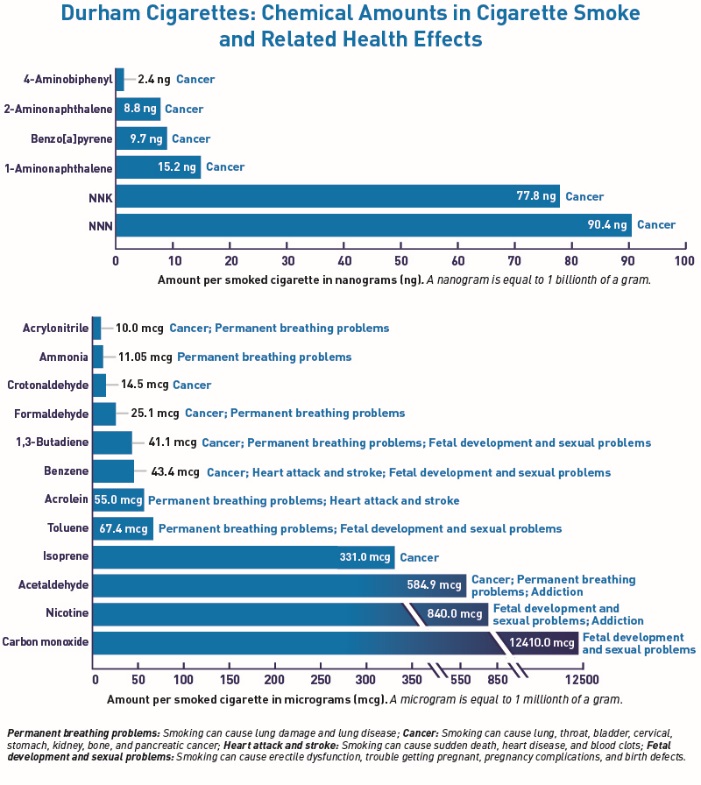
Figure 2. Connecting Lines
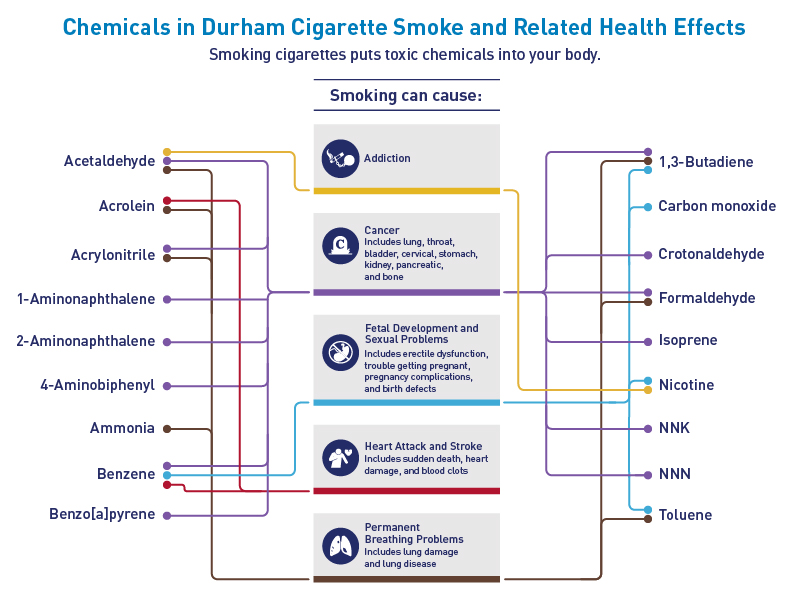
Figure 3. Smoke Cloud of Health Problems
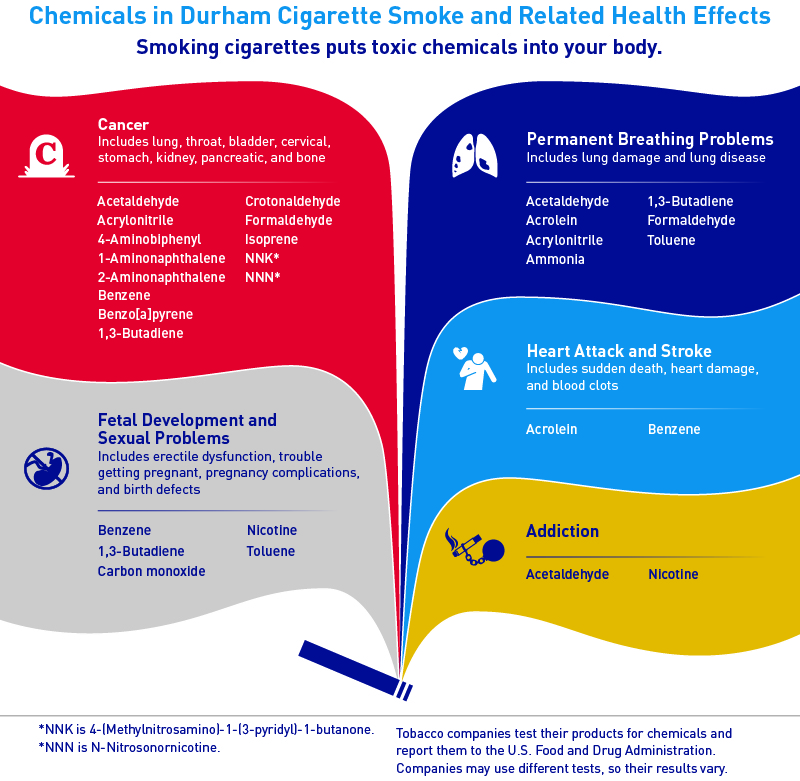
Figure 4. Revised FDA Chart
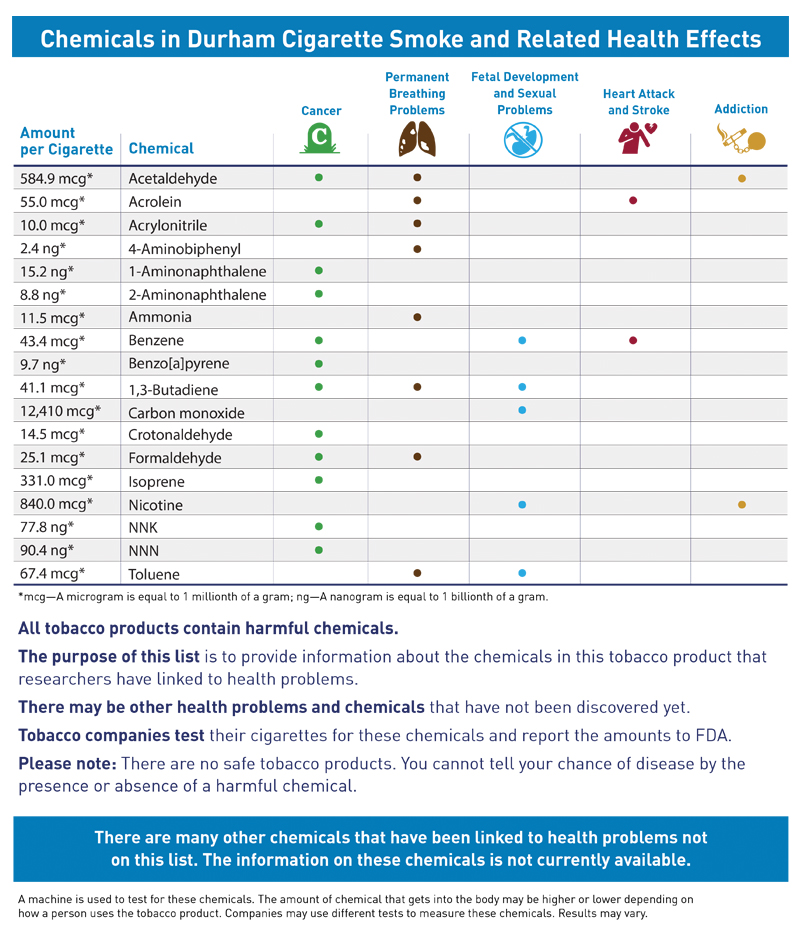
Figure 5. Infographic
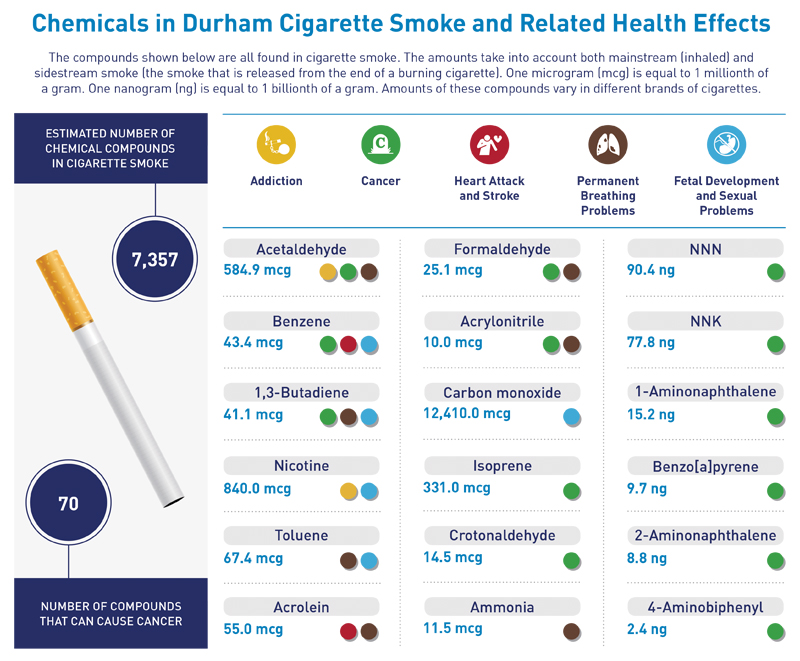
Figure 6. Wildcard with Smoke Clouds
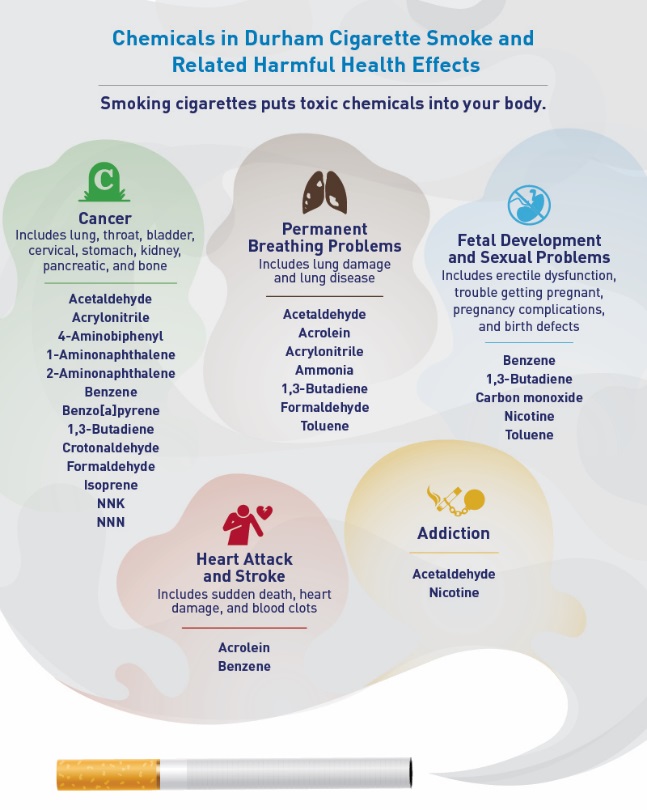
| File Type | application/vnd.openxmlformats-officedocument.wordprocessingml.document |
| File Title | DHHS Letterhead |
| Subject | Letterhead - To Customize |
| Author | JBowers |
| File Modified | 0000-00-00 |
| File Created | 2021-01-15 |
© 2025 OMB.report | Privacy Policy